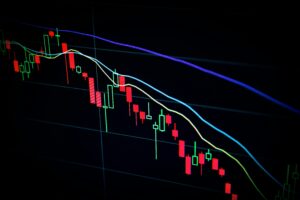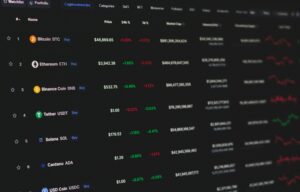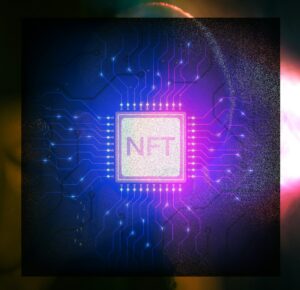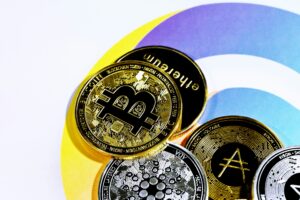NFT Market Update: Buyer Surge Amid Falling Sales 2025
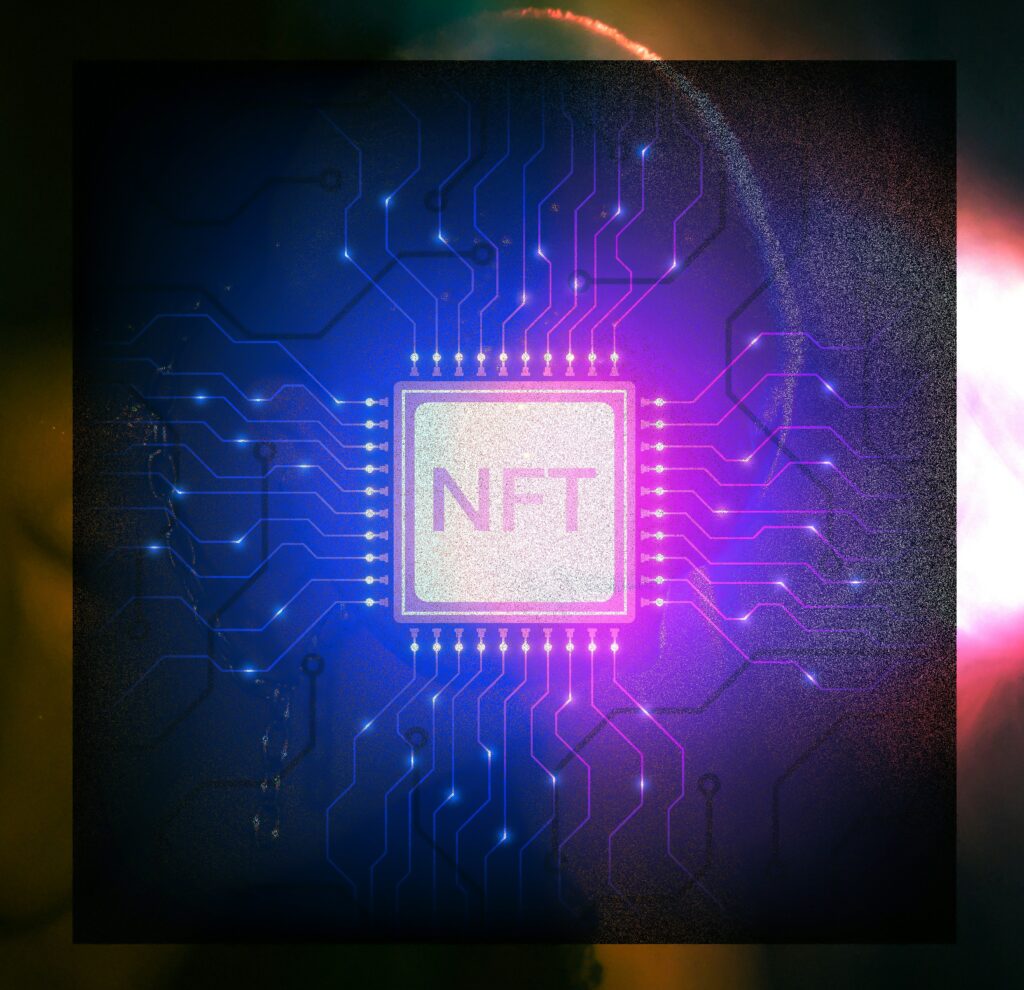
Table of Contents
The Non-fungible token market is off to a puzzling start in 2025. Recent data shows a noticeable uptick in the number of buyers and sellers entering the space, but paradoxically, total spending on NFTs is declining. This contrasting trend paints a picture of cautious optimism—or perhaps, uncertainty—within the Web3 ecosystem.
According to recent reports, sales volumes fell by nearly 8% week-over-week to just under $100 million, yet the number of buyers surged by more than 24%, totaling over 560,000. Similarly, the number of sellers grew by 15%, indicating sustained engagement in the space despite reduced monetary activity. This strange mix of growth and decline suggests that while interest in NFTs remains strong, enthusiasm isn’t translating into the kind of spending seen during past bull cycles.
Blockchain Breakdown: Ethereum Still Leads, Solana Gains Momentum
Ethereum continues to dominate as the leading blockchain for NFT activity, logging $25 million in sales. However, that figure is down over 21% compared to the previous week. Polygon, another key player, posted $16.9 million in sales—a 6% dip—while Bitcoin’s NFT volume dropped 12% to $16 million.
Meanwhile, newer or less mainstream chains showed more resilience. Solana recorded a 16% increase in sales volume, climbing to $9.9 million, while Mythos Chain nudged up slightly by 1%, totaling $13.8 million.
The rise in Solana’s numbers is especially noteworthy, as it suggests a shift toward more cost-effective platforms with faster transaction speeds and lower gas fees. This is consistent with the emerging pattern: users are still curious and involved in the NFT space, but they’re looking for more affordable and practical avenues for participation.
Market Sentiment Still Shaken by 2024’s Downturn
While activity is picking up, the market is still reeling from a difficult 2024. Last year marked one of the worst periods for NFTs since their mainstream breakout in 2021. Trading volumes dropped by 19% year-over-year, and total sales count declined by 18%. Even marquee collections like Bored Ape Yacht Club (BAYC) and Mutant Ape Yacht Club (MAYC) saw their floor prices tumble—15 ETH and 2.4 ETH, respectively.
These declines have led many to question whether the high-priced, exclusive membership model that fueled early NFT mania is sustainable. Projects that once relied heavily on hype and scarcity are now being forced to reconsider their value propositions. The market appears to be transitioning from speculative fever to a more utility-driven, community-centric approach.
Factors Driving the Mixed Performance
Several macro and microeconomic factors are contributing to the market’s current state:
- Global Economic Pressure – High inflation and interest rates have made investors—especially wealthy collectors, more risk-averse. Traditional art markets also saw a dip, with a 4% decline in global art sales last year, reflecting broader caution.
- Collapse of Speculative FOMO – The speculative bubble that propelled NFTs in 2021 has largely burst. Last year’s numbers were 51% lower than peak 2021 sales, and the market has since cooled. Buyers today are less driven by hype and more focused on real-world utility or long-term community value.
- Oversupply and Valuation Adjustments – The rapid influx of projects in 2022–2023 oversaturated the market. Many NFTs are now being repriced based on actual demand and perceived usefulness, rather than rarity or aesthetic appeal alone.
Real-World Examples: Projects Losing Steam
Not all projects are weathering the storm. The Australian Open’s once-hyped “Artball” NFT collection—10,000 tennis-ball themed NFTs linked to real-world court plots—has seen its value collapse by up to 90%. Once touted as a gateway to metaverse sports fandom, the collection now trades at around $25 on OpenSea.
Similarly, NFT fashion brand RTFKT, once considered a flagship of the “phygital” movement, recently announced it was shutting down, citing unsustainable operations despite early success.
Looking Ahead: What’s Next for NFTs?
Despite recent challenges, the market is far from dead. In fact, the increase in buyers indicates that there’s still strong grassroots interest in the concept of digital ownership. But moving forward, the industry will likely shift its focus toward:
- Affordability – High minting costs and expensive gas fees may be replaced by lower-barrier ecosystems like Solana and Polygon.
- Utility and Interactivity – NFTs that offer gaming perks, IRL experiences, or governance rights are expected to gain more traction.
- Community Building – Strong, loyal communities may determine the long-term value of NFT collections more than rarity metrics or celebrity endorsements.
In conclusion, while NFT spending is down, participation is not. The market is in the midst of a transformation—from speculation-driven chaos to a more grounded, utility-focused framework. If that shift succeeds, NFTs could still prove to be a defining asset class of the digital age.

